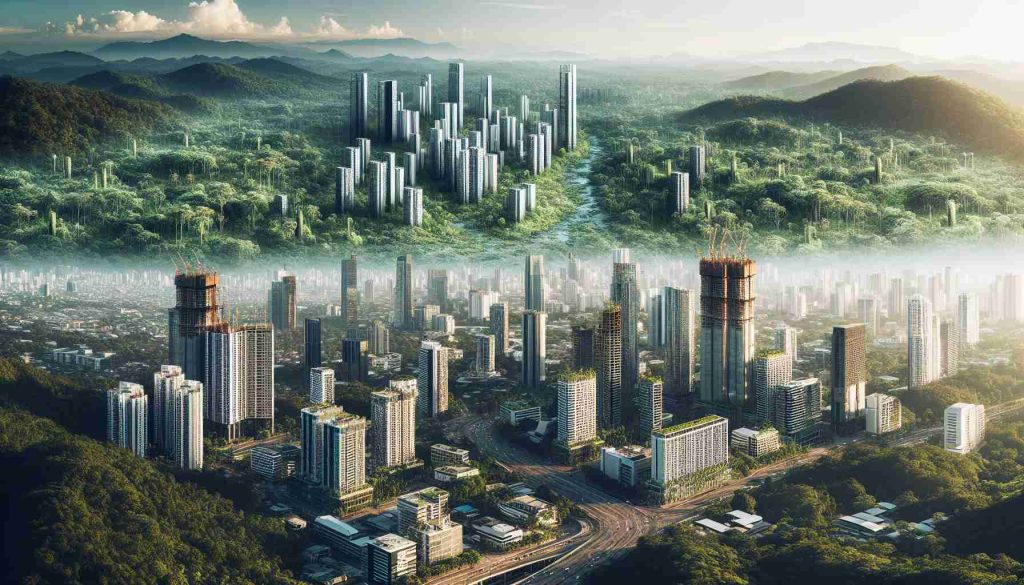Exploring Uncharted Territories: Harmonizing Perspectives on Urban Expansion near Conservation Areas
3 min read
Amidst the contentious debate surrounding urban growth near a conservation site, local residents continue to seek mutual understanding.
In a region marked by rapidly evolving landscapes, tensions have risen concerning the balance between development and environmental preservation near a cherished natural reserve. However, rather than being mired in conflict, community members are actively engaging in constructive dialogues to bridge their disparate viewpoints.
Local residents strive to find common ground amidst divergent opinions on urban expansion.
Efforts to reach consensus are underway as various stakeholders come together to envision a future where both progress and environmental protection can coexist harmoniously. By fostering communication and empathy, residents are paving the way for innovative solutions that honor the region’s ecological heritage while meeting the evolving needs of its inhabitants.
Collaboration and dialogue emerge as key tools in navigating the delicate intersection between growth and conservation.
As the discourse continues, it becomes apparent that shared values and aspirations transcend initial differences, offering a glimmer of hope for sustainable development practices in the area. Through a commitment to open-mindedness and cooperation, the community is forging a path towards a more inclusive and holistic approach to managing the delicate balance between urban expansion and conservation efforts.
Exploring the Impact of Urban Expansion on Wildlife Migration Patterns
One key question that arises when discussing urban expansion near conservation areas is how such development may affect the natural migratory routes of wildlife populations. As cities grow and expand into previously untouched regions, crucial habitats can be disrupted, fragmenting ecosystems and impeding the movement of species that rely on these areas for survival. This raises concerns about the long-term viability of wildlife populations and the potential loss of biodiversity in the region.
What are the Key Challenges?
One of the primary challenges associated with urban expansion near conservation areas is the need to balance the demands of a growing population with the imperative to protect critical ecosystems. Finding a middle ground that allows for sustainable development while preserving biodiversity and natural resources is a complex undertaking that requires careful planning and collaboration among various stakeholders. Conflicting interests and competing priorities often complicate decision-making processes and can lead to protracted conflicts and delays in implementing effective conservation measures.
Advantages and Disadvantages
On one hand, urban expansion can bring economic opportunities and improved quality of life for residents in the region. New infrastructure, businesses, and housing developments can create jobs, boost local economies, and enhance access to essential services. However, rapid and unchecked growth can also lead to habitat destruction, increased pollution, and habitat fragmentation, posing significant risks to wildlife and ecosystems. Striking a balance between these competing interests is essential to ensure the long-term sustainability of both human communities and the natural environment.
The Importance of Integrated Planning and Sustainable Development
To address the challenges posed by urban expansion near conservation areas, it is crucial to adopt an integrated approach that considers the needs of both people and wildlife. Implementing sustainable development practices that prioritize the protection of key habitats, green spaces, and wildlife corridors can help mitigate the negative impacts of urbanization on biodiversity. By incorporating ecological considerations into urban planning processes and promoting innovative design solutions, it is possible to create vibrant, resilient communities that coexist harmoniously with nature.
Learn more about sustainable development and conservation efforts in your region at Conservation International.






